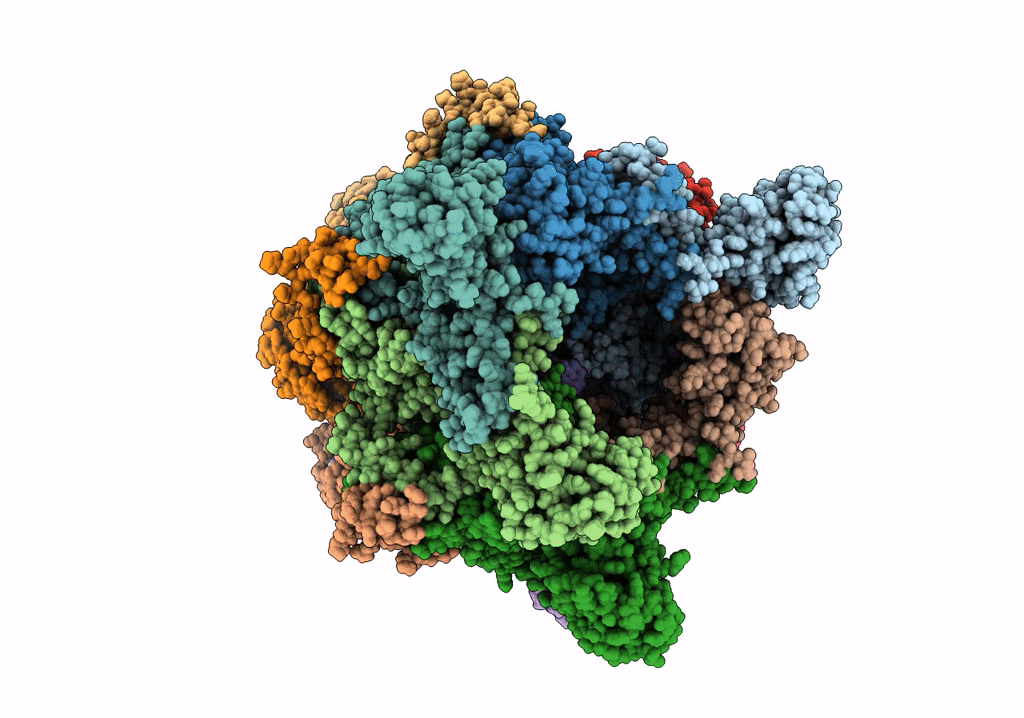
Deposition Date
2019-01-08
Release Date
2019-03-06
Last Version Date
2024-05-15
Method Details:
Experimental Method:
Resolution:
3.40 Å
Aggregation State:
PARTICLE
Reconstruction Method:
SINGLE PARTICLE


